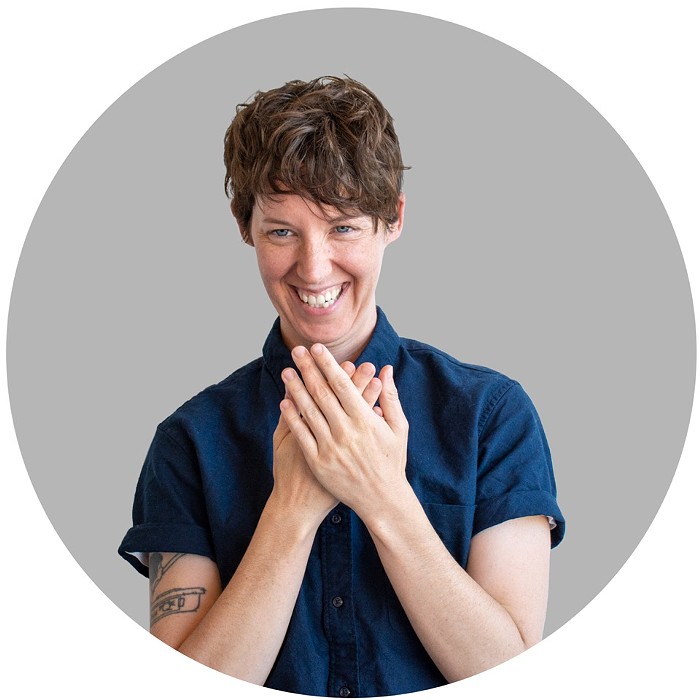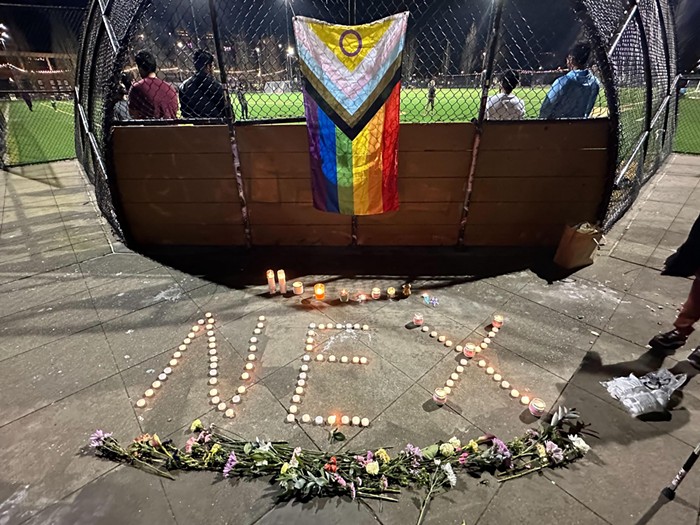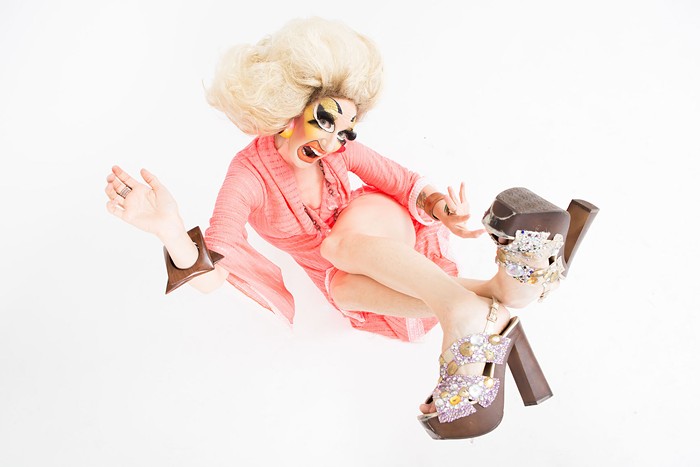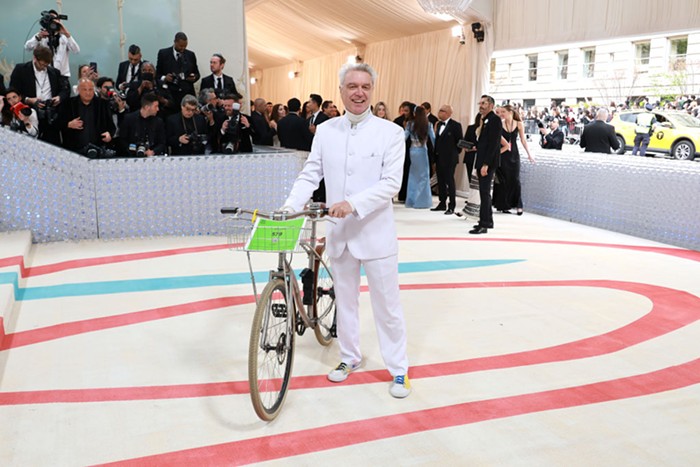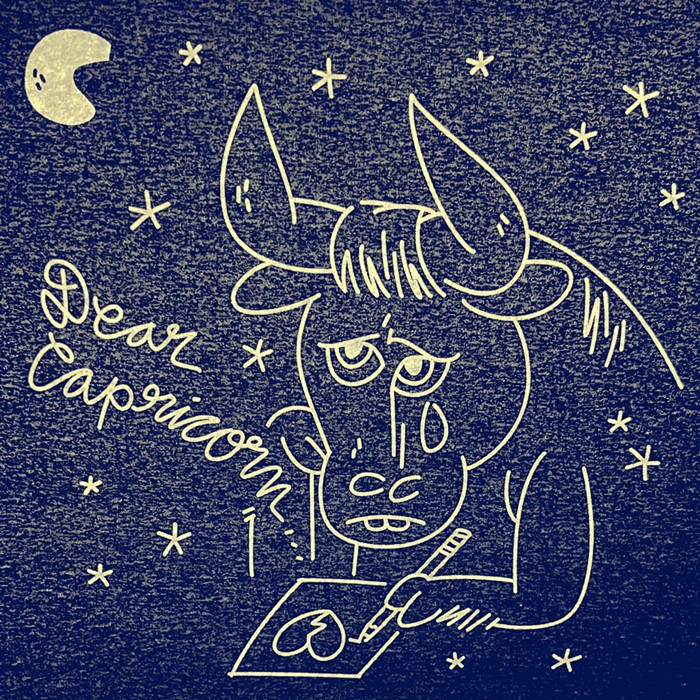
In May 2017, the Evergreen State College became famous.
The drama started after Bret Weinstein, once a much-loved professor, was falsely accused of being a white supremacist by a group of students, who first took over his class and later led protests against Weinstein and others on campus. Students barricaded themselves in the library, held administrators hostage, and roamed campus with bats and batons. The alt-right got wind of the story after Weinstein gave an interview on Fox News and some of the students and faculty who opposed Weinstein were harassed. The whole thing was complex, messy, and bad for the college: Conservatives in the state legislature threatened to defund Evergreen and enrollment has since dropped by an estimated 20 percent, leading to a fiscal crisis and layoffs. (I wrote in more detail about what led to the Evergreen protests and their aftermath here.)
Since the protests, Benjamin Boyce, an independent journalist and Evergreen graduate who was on campus during this period, has put out dozens of videos in a series he calls #ExposéEvergreen. The latest, an interview with former Evergreen student Thomas Hadley, gives a particularly interesting first-hand view of what classes are like at Evergreen State.
In fall 2017—the quarter after the protests launched the campus into the public eye—Hadley enrolled in 16-credit hour media arts course that was supposed to explore the technical aspects of filmmaking as well the relationship between media and class, race, gender, and power. At the beginning of the term, according to Hadley, the students and their professors (many courses at Evergreen are taught in teams) discussed ground rules for student conduct, which were meant to limit any potentially harmful or offensive statements being made in class.
“That was the second day of class and it was written essentially into the agreed upon student code of conduct that there was an orthodoxy of acceptable opinion,” Hadley said. “And if you commit any kind of thought crime it's fine for people to chew you out as aggressively as they see fit." The “thought crimes” taking place in Hadley’s class weren’t particularly criminal. No one was advocating for, say, genocide or segregation. “People were mostly corrected or called out on microaggressions,” Hadley told me. “I can't think of instances of anyone putting forward controversial political opinions while I was present.”
Several weeks into the term, a number of students became upset over a perceived racist microaggression in a class assignment and berated one of the professors (herself a woman of color) until she was reduced to tears. Hadley explained: "The teachers would give two words which were supposed to be antonyms and you just pick where on the spectrum you fit between those two things. So it would be like, 'carnivore or vegan' or 'anarchist or patriot’…. The one that pissed off the people who got upset about it was 'dirty' and 'clean,' because they felt it had racial connotations, which I still don't totally understand."
The teacher profusely apologized for her mistake but the students were not appeased. Soon after, Hadley, who is also a person of color, criticized the professors’ embrace of social constructivism in a paper, and he says that afterward he felt pressured by one of the professors, as well as a dean, to drop out of the class—which, a month into the quarter, he did. (Every professor’s nightmare, Hadley later procured emails between his professors as part of a public records request and discovered that one of his professors speculated that his problems with the class were rooted in autism. Hadley, however, is not autistic.)
"I learned substantially more about the filmmaking process at a community college than I would have doing an entire year intensive in that program," Hadley told Boyce. "I don't think they were going that much into the technical aspects of filmmaking or teaching people anything remotely useful. It was mostly political indoctrination."
Hadley's experience in this class shouldn't be taken a condemnation of Evergreen in itself. There are lots of classes at Evergreen, Hadley is just one student, and others may have felt like they learned a lot. But it's worth examining how Evergreen, once thought of as a progressive school with a reputation for academic freedom, became the sort of campus where holding unpopular opinions or inadvertently engaging in microaggressions is considered an unforgivable act.
Microaggressions—things like asking a person of South Asian descent where they are from or calling a black person “articulate”—have, in recent years, acquired a damning status in pockets of liberal America. But, as Jonathan Haidt and Greg Lukianoff detail in their new book The Coddling of the American Mind, the term is a bit of a misnomer. “Many people from historically marginalized groups continue to face frequent acts of bias and prejudice,” they write. “Sometimes people make thinly veiled, bigoted remarks, and in cases where the speaker is expressing hostility or contempt, it seems appropriate to call it aggression. If the aggressive act is minor or subtle, then the term ‘microaggression’ seems well suited for the situation. But aggression is not unintentional or accidental.” Neither, generally speaking, are microaggressions, and yet, simple faux pas have been elevated at places like Evergreen into acts of violence because, according to this thinking, impact is more important than intent. And this is a problem for students, because it makes the victim of a microaggression feel like they are just that—a victim—and subsequently discourages a sense of resilience. This, according to Haidt and Lukianoff, does students more harm than good.
There's a multitude of reasons why colleges are increasingly intolerant of dissent, as Haidt and Lukianoff explain in their book. These reasons include the broader polarization of American politics; a culture of "safetyism"; in which young people are raised to believe that they should be shielded from even the most hypothetical of harms; and a lack of viewpoint diversity on university campuses, particularly when it comes to those who teach. "The left-to-right ratio [of university professors] in the early 1990s was around two to one," they write. This ratio was sustainable, but things began to change in the late ‘90s, when members of the Greatest Generation started to retire. By 2011, the ratio of liberal to conservative professors was five to one.
At a time when Republicans control all branches of the federal government, it may seem silly to argue that there are too few of them on campus, but political imbalance is, indeed, a problem. Studies show that racial and socioeconomic diversity in the classroom benefits everyone, and this is true of ideological diversity as well. When institutions embrace a homogeneity of ideas, they become vulnerable to both confirmation bias and groupthink, a phenomenon in which group members embrace conformity, suppress dissenting views, and isolate themselves from outside opinions. There are plenty of examples of groupthink in human history, from the Cultural Revolution—in which mass numbers of Chinese students responded to government fear-mongering by rooting out dissenters and the bourgeois, sometimes even in their own families—to the 2003 Invasion of Iraq. These are extreme incidences of groupthink, of course, but viewpoint diversity is essential for countering bad ideas—whether they come from the right or the left.
There are other reasons to embrace viewpoint diversity on campus. For one, if students are not exposed to diverging opinions, they will be unable to effectively counter those opinions when they graduate and leave college. There are very real political battles taking place in neighborhoods, state houses, and in Washington, DC, but refusing to engage with conservatives themselves or conservative political arguments doesn’t make them go away; it just makes you unprepared to do battle with them. As Benjamin Boyce told me, Evergreen is an “echo-chamber.” And the problem with this, he said, is that, “when we don’t test ideas, our minds begin to atrophy—so that not only are we unable to see a challenge coming, but we can’t rise to it when it’s here.”
An overabundance of liberal (or conservative) faculty also gives students an inaccurate perspective of the world they are supposed to be preparing to enter. This problem exists in the media and in wider America, too, and nowhere are the consequences of viewpoint homogeneity more apparent than during the 2016 election, when the left was absolutely blindsided by the victory of Donald Trump. It may be a cliché by now, but the shock of the election showed that we really do live in two different Americas. College, if done well, is a chance to bridge that gap. However, if students aren't exposed to conservative viewpoints, they will leave college with no better understanding of the world than when they went in, and Evergreen, in particular, is almost entirely lacking in conservative faculty, and by virtue of that, a diversity of viewpoints.
At least one professor at Evergreen is trying to counter this problem. Mike Paros—the sole faculty member at Evergreen to stand up for Bret Weinstein—is a self-identified libertarian who developed a new course that he’ll be teaching for the first time this fall: Liberal Education in the College Bubble: Crossing the Political and Cultural Divide. It’s a course that will, according to the Paros’ description, “explore how the values that bind us into cohesive groups of like-minded people can also blind us to our weaknesses."
“I sensed that the college had a severe lack of viewpoint diversity among faculty and students,” Paros told me in an email. “Having students take on perspectives different than what they hold is an essential component of a liberal arts education, in my opinion. It also encourages tolerance to people and ideas that are different than our own.”
Paros is asking students to examine their preconceived notions, to open their minds, and even to be open to experiencing some discomfort. And this, according to Haidt and Lukianoff, will make students more prepared to enter a world that will, at times, undoubtedly be uncomfortable. It will also help students ultimately get closer to the truth. And isn't that really what college is about?
For his part, Thomas Hadley thinks courses like this one are fulfilling a deep need on campus. But, he added, there’s one potential downside in that it might only attract students who are already open to the free exchange of ideas. Still, there’s apparently a market for this, even at Evergreen State: While enrollment is down overall, this class about crossing the political and cultural divide is at full capacity as of yet.
